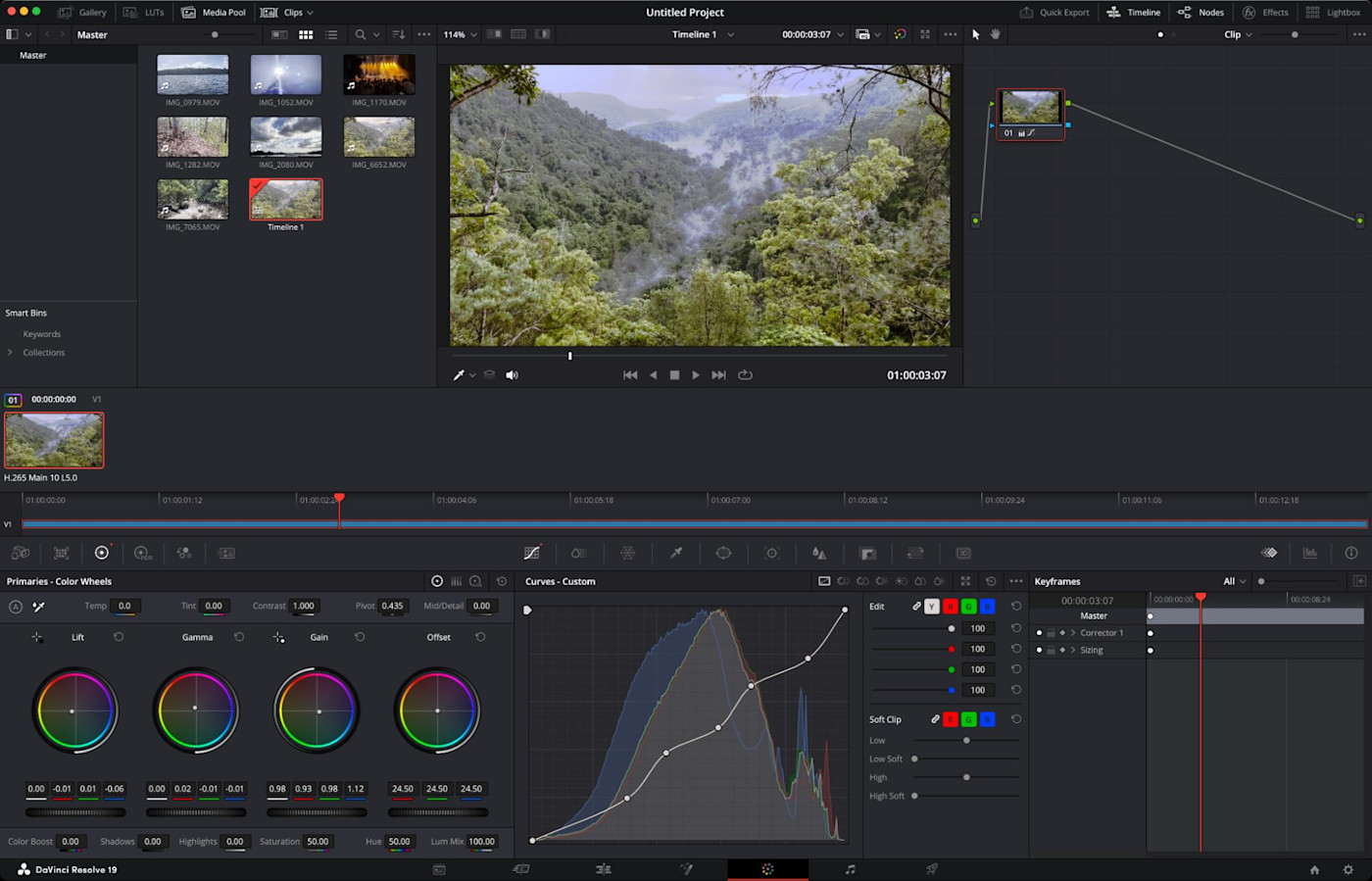Bragging Rights
Explore the latest trends, tips, and stories that make you stand out.
Edit Like a Pro: Secrets of the Photo Editing Wizards
Unleash your inner wizard with pro photo editing secrets! Transform your images and captivate your audience in no time.
5 Essential Tips for Flawless Photo Editing
When it comes to achieving stunning visual results, flawless photo editing is crucial. Here are 5 essential tips to enhance your editing skills and elevate your photographs:
- Understand Your Software: Familiarize yourself with the tools and features available in your photo editing software. Whether you're using Adobe Photoshop, Lightroom, or any other application, knowing how to navigate and utilize these tools effectively is fundamental.
- Use Layers Wisely: Always work with layers to maintain flexibility in your edits. This approach allows you to adjust or remove changes without affecting the original image directly.
- Pay Attention to Composition: Before diving into editing, ensure your composition is strong. Use cropping, straightening, and framing techniques to enhance the overall balance of your image.
- Employ Color Correction: Adjusting brightness, contrast, and saturation can dramatically improve your photos. Utilize tools like the color balance and hue/saturation sliders to achieve the desired look.
- Don’t Overdo It: While it’s tempting to enhance every aspect of your photo, subtle edits often yield the best results. Aim for a natural feel and only apply effects that genuinely improve the image.

The Best Tools for Amateur Photo Editors
For amateur photo editors looking to enhance their skills and create stunning visuals, the right tools can make all the difference. Here are some of the best tools for amateur photo editors that balance functionality and ease of use, allowing you to focus on creativity rather than technical hurdles. Adobe Photoshop Express is a powerful yet user-friendly mobile app that offers essential editing features like cropping, rotating, and adjusting brightness and contrast. Alternatively, Canva is an excellent web-based tool that combines photo editing with graphic design, making it perfect for those who want to create social media graphics, posters, or presentations.
Another effective option is GIMP, a free open-source software that provides a comprehensive set of photo editing features comparable to that of Adobe Photoshop, ideal for users who want to explore more advanced techniques without the cost. For quick and effective edits, Pixlr offers both browser and mobile options with its intuitive interface and a variety of filters. Lastly, Fotor is perfect for beginners, featuring a range of easy-to-use tools and templates that help create impressive edits in no time. By experimenting with these tools, amateur photo editors can find the perfect fit for their editing needs and elevate their photography quality.
Common Photo Editing Mistakes and How to Avoid Them
Photo editing can enhance your images significantly, but common mistakes can lead to poor results. One frequent error is over-editing, where edits make images look unnatural. For example, excessive use of filters and heavy-handed adjustments to brightness and contrast can strip an image of its original character. To avoid this mistake, aim for subtle adjustments that maintain the image's integrity. A good rule of thumb is to take a step back and assess whether the changes enhance the photo without distorting its essence.
Another common pitfall is neglecting composition during editing. While tools may allow you to crop or adjust images freely, failing to consider the rule of thirds or proper framing can lead to unbalanced photos. To ensure better composition, always keep your editing goals in mind before making adjustments. Create a checklist of essential elements such as alignment and focal points, so your final product looks professional and visually appealing.